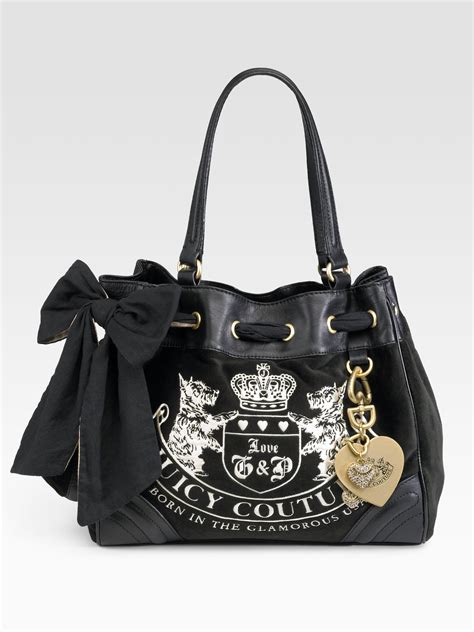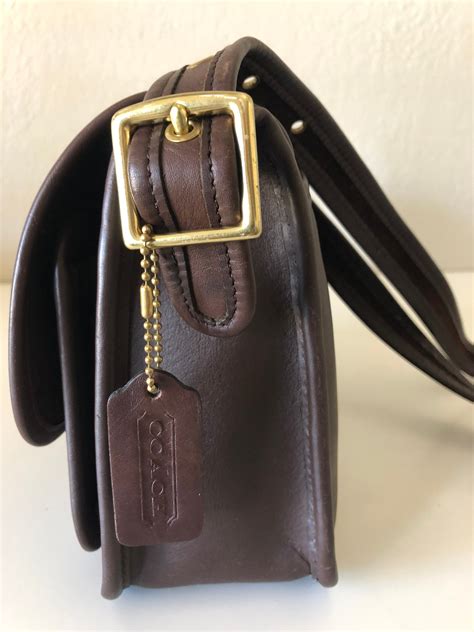why do f1 drivers wear balaclavas | balaclava for f1 helmet
$150.00
In stock
Formula 1, the pinnacle of motorsport, is a breathtaking spectacle of speed, skill, and cutting-edge technology. But beneath the roar of the engines and the glamour of the podium lies a constant and unwavering focus on safety. F1 drivers subject themselves to immense physical and mental strain, navigating treacherous circuits at breakneck speeds. Their safety relies on a complex ecosystem of regulations, track design, and, crucially, personal protective equipment. Among the most crucial, and often overlooked, pieces of this equipment is the humble balaclava.
While the helmet is the most visible symbol of an F1 driver's protection, the balaclava, worn underneath, plays a vital, often life-saving role. It's more than just a comfortable layer; it's a fire-resistant barrier designed to protect the driver's head and face in the event of a fire. Let's delve into the reasons why F1 drivers wear balaclavas, exploring their construction, functionality, and evolution within the broader context of F1 safety.
The Primary Function: Fire Protection (Fireproofs F1)why do f1 drivers wear balaclavas
The most critical function of an F1 balaclava is fire protection. In the event of a crash, particularly one involving fuel spillage, fire is a significant and terrifying risk. F1 cars carry a considerable amount of highly flammable fuel, and a breach of the fuel tank or system can quickly lead to a catastrophic blaze. The balaclava, therefore, is constructed from fire-resistant materials designed to withstand extreme temperatures for a crucial period, giving the driver valuable seconds to escape the cockpit.
These aren't your average wool or cotton balaclavas. F1 balaclavas are typically made from specialized materials like Nomex or similar aramid fibers. These materials are inherently fire-resistant, meaning they don't easily ignite or melt. Instead, they char and create an insulating layer, protecting the skin from the intense heat.
The standards for fire resistance in F1 driver apparel are incredibly stringent. The FIA (Fédération Internationale de l'Automobile), the governing body of motorsport, sets rigorous regulations that all drivers' equipment must meet. This includes testing the materials under extreme conditions to ensure they provide adequate protection in a fire. The goal is to provide enough time for the driver to self-extricate from the car or for track marshals to reach them and provide assistance.
Beyond Fire: Additional Benefits and Functionality (Balaclava for F1 Helmet)
While fire protection is the primary reason for wearing a balaclava, it also provides several other crucial benefits:
* Sweat Absorption: The high-intensity environment of an F1 race generates a tremendous amount of sweat. The balaclava acts as a sweat-wicking layer, absorbing moisture and preventing it from running into the driver's eyes, which could impair vision and concentration. This is particularly important in hot and humid conditions.
* Hygiene: Wearing a balaclava helps maintain hygiene within the helmet. It absorbs sweat and oils, preventing them from accumulating in the helmet's lining. This helps to keep the helmet clean and fresh, reducing the risk of skin irritation and bacterial growth.
* Helmet Fit and Comfort: A balaclava can provide a more comfortable and consistent fit for the helmet. It fills in any gaps between the helmet and the driver's head, ensuring a snug and secure fit. This is crucial for reducing movement of the helmet during high G-forces and impacts. It also prevents chafing and pressure points from the helmet lining directly against the skin.
* Protection from Dirt and Debris: The balaclava acts as a barrier against dirt, dust, and debris that can enter the cockpit during a race. This helps to keep the driver's face clean and clear, improving visibility.
* Communication System Integration: Modern F1 balaclavas often incorporate channels or pockets for the integration of communication systems. This allows drivers to communicate with their pit crew during the race, receiving vital information about strategy, car performance, and track conditions. The balaclava ensures the earpieces and microphone stay securely in place.
The F1 Driver Wearing Helmet: Inside the Helmet and Underneath (Inside F1 Helmet Balaclava)
The complete F1 driver safety ensemble is a carefully engineered system, and the balaclava is an integral part of that system. It sits directly against the driver's skin, underneath the helmet. The fit is crucial; it needs to be snug enough to provide adequate protection and comfort without being so tight that it restricts movement or breathing.
The design of the balaclava is also carefully considered. It typically covers the entire head and neck, with an opening for the face. This opening is designed to fit snugly around the face, providing maximum protection while still allowing the driver to see clearly. Some balaclavas also have a longer neck section that extends down to the shoulders, providing additional protection for the neck and upper body.
The interface between the balaclava and the helmet is critical. The helmet's design is optimized to work in conjunction with the balaclava, ensuring a secure and comfortable fit. The helmet's lining is often made from similar fire-resistant materials as the balaclava, creating a seamless and protective barrier.
Additional information
| Dimensions | 8.3 × 1.2 × 3.4 in |
|---|









